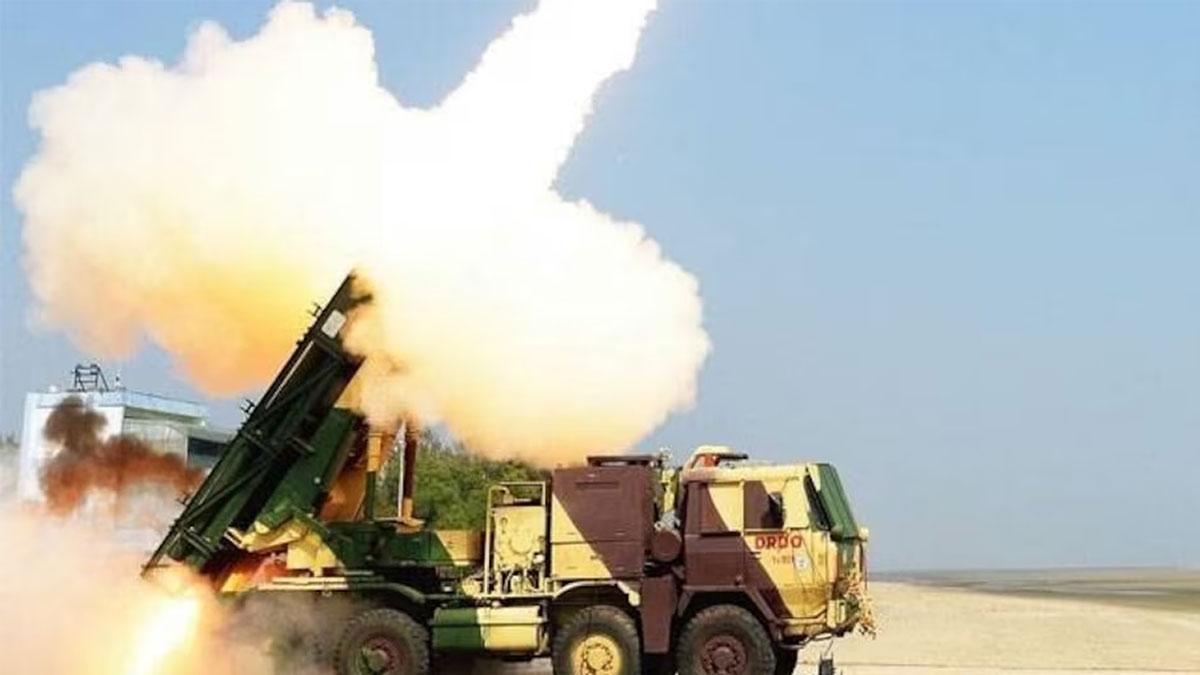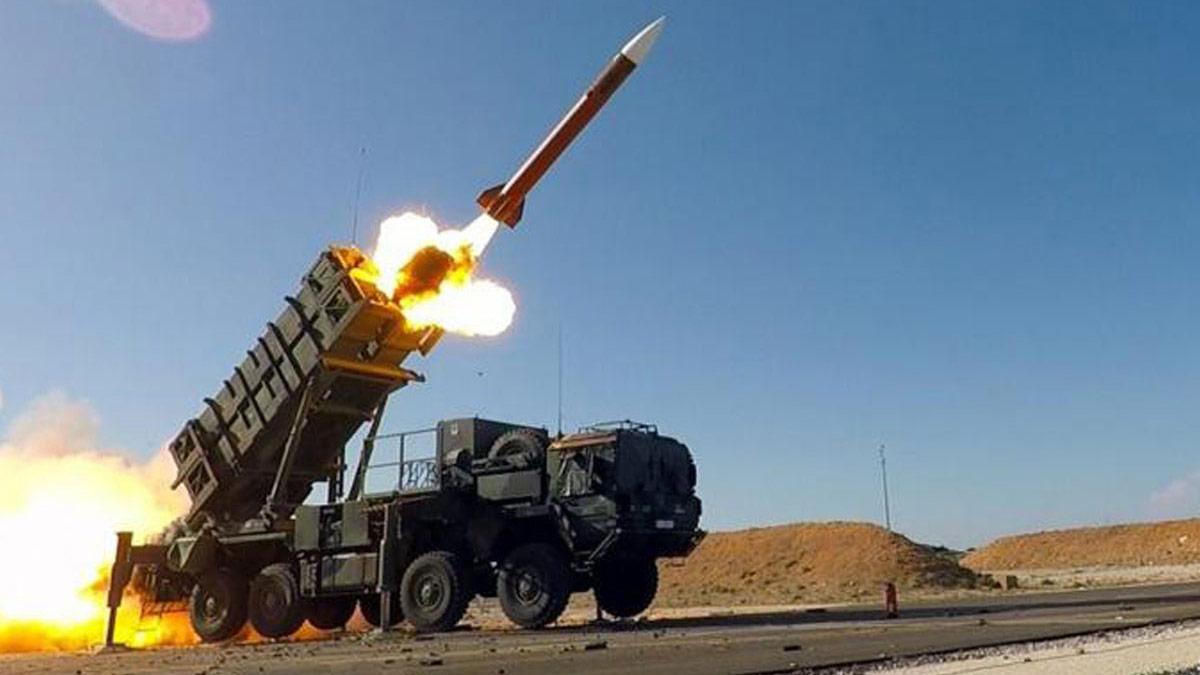Stocks of Chinese defence equipment maker Zhuzhou Hongda Electronics Corp Ltd, the maker of the PL-15 air-to-air missile, plummeted 6.42% (2.56 Yuan) to 37.33 Yuan on Tuesday.
The sharp fall followed reports that India's air defence systems had intercepted and downed the missile during Pakistan's recent air campaign.
The stock of the company has fallen by 7.37% (2.97 Yuan) during the past month, although it had risen temporarily by 7.58% within a five-day period before the news. The recent fall would seem to directly follow India's confirmation of the Chinese-developed PL-15 missile as unable to penetrate its multi-layered air defense umbrella.
On the night of May 9 and 10, Pakistan initiated a synchronized air attack against Indian military facilities, using sophisticated weapons such as the PL-15 missile and Turkish-made Byker YIHA III kamikaze drones. Even with the technological prowess behind these missiles, India's defense remained steadfast, eliminating all aerial threats.
Pakistan's JF-17 Block III and J-10CE fighter aircraft employed the PL-15 beyond-visual-range (BVR) missile, which was shot down by local systems — a move that raised questions over China's missile exports being reliable enough for military use and possibly dented the confidence of investors in Zhuzhou Hongda.
Air Marshal A.K. Bharti, Director General of Air Operations, laid out visual proof of the weapons that had been destroyed at a press conference. He attributed success to India's increasing defence self-reliance, particularly the operational performance of the home-grown 'Akash' air defence system.
This complex, fueled by old technology such as the Pechora, new machinery such as the MANPADs, short missiles, and tactical fighters, co-existed and functioned as one under the Integrated Air Command and Control System (IACCS) in a solidified and concerted barrier of defense.
Among the intercepted threats was the Byker YIHA III kamikaze drone, which could carry high-explosive payloads and was intended for low-level, high-speed attacks. The drone was shot down near Amritsar before it could cause any harm, reaffirming the robustness of India's air defence readiness.
Lieutenant General Rajiv Ghai, the Director General of Military Operations (DGMO), emphasized the combined operations of the Army, Air Force, and Navy, referring to India's defence response as "measured and impenetrable."
"From the 9th to the 10th of May, the Pakistan Air Force attempted to send wave upon wave of drones, each and every one of which were identified and defeated prior to reaching Indian airspace," said Lt Gen Ghai. "None of the PAF drones were able to penetrate our defense shield."
The intercept not only proved the efficacy of India's indigenous defence technology but also proved detrimental to the image of high-profile foreign military systems, particularly those offered by China and Turkey.
Read also| Trump Asserts His Administration Averted 'Nuclear Conflict' Between India and Pakistan
Read also| China Rejects Claims of Dispatching Military Cargo Plane to Pakistan


















